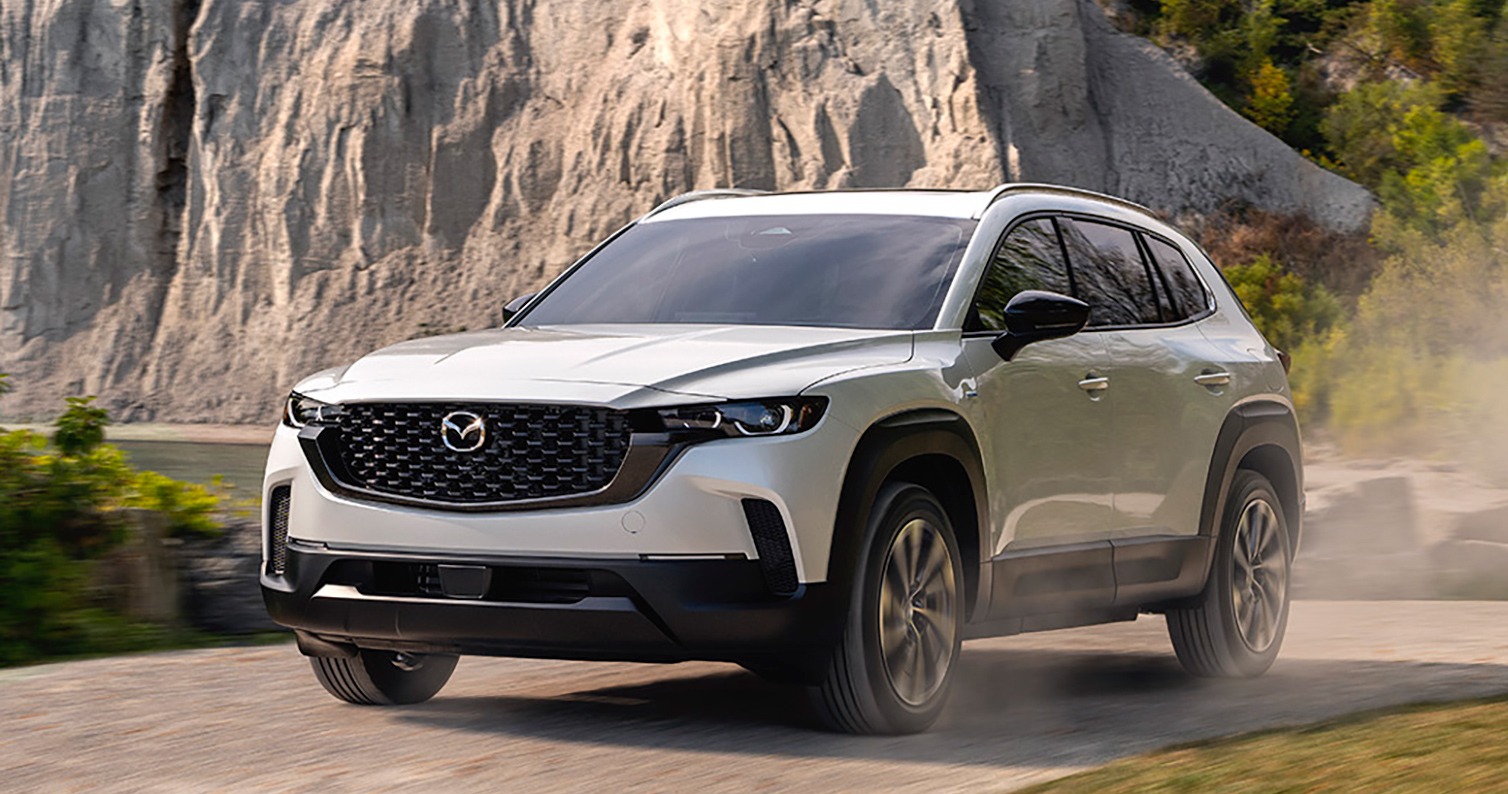As hybrid vehicles become more common on American roads, drivers now expect more than just good fuel economy. The technology inside these cars, from software to infotainment systems, plays a big role in how owners experience their vehicles every day.
But not all hybrids are built the same way when it comes to their technology. Some cars have systems that continue working well for years without needing constant fixes or changes. Others, however, demand regular updates to avoid problems or keep up with simple features that should have worked well from the beginning.
People buying hybrids often look for dependability. They want a car that will not just save fuel but also avoid tech-related stress. When technology fails in a car, the effects can go beyond just an annoying screen freeze. It could stop certain safety features, make navigation systems useless, or cause battery management problems.
Many owners find that some hybrid vehicles require updates too often to keep functioning properly. Even worse, some brands require the owner to visit a dealership for updates that should have been available wirelessly.
At the same time, there are hybrid cars that perform their duties quietly, with few if any software problems. These vehicles do not interrupt the driving experience with alerts, reboots, or system freezes. They simply work, year after year. Their internal technology is designed in such a way that it stays stable without the constant need for corrections or patches.
We will first look at five hybrid vehicles that hardly ever need software updates. These cars continue working well without bothering the owner. After that, we will discuss five hybrid cars that have built a reputation for needing regular tech fixes or upgrades, sometimes more often than expected. The purpose is to help anyone thinking about buying a hybrid make a better choice that matches their lifestyle.
5 Hybrids That Rarely Need Tech Updates
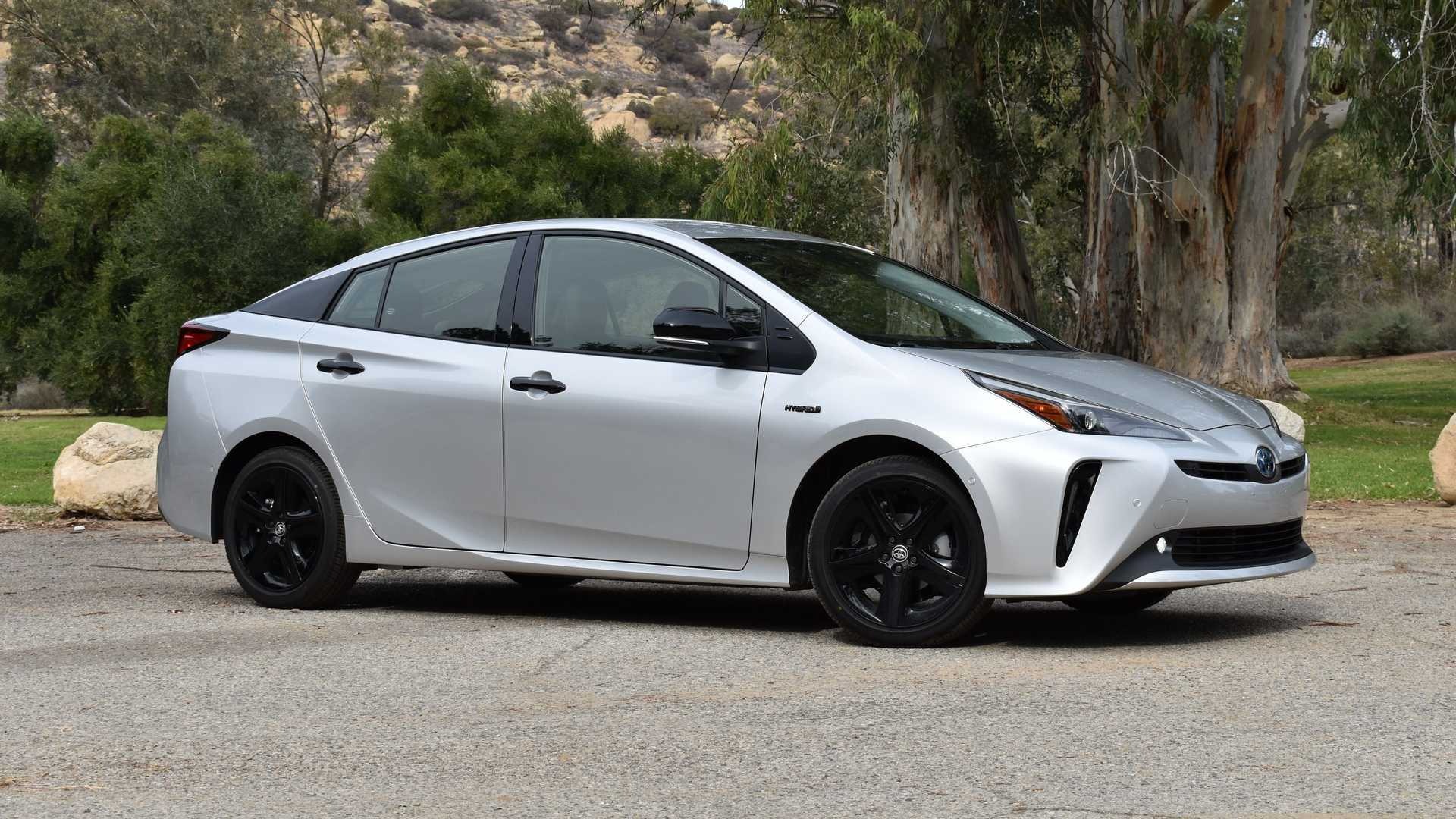
1. Toyota Prius
The Toyota Prius has built its name around durability and fuel economy. But one area where this car has also proven itself is in its technology. The systems inside the Prius are known to work smoothly for long periods without needing frequent software changes.
Toyota takes a very careful approach when releasing updates for the Prius. They only push new versions when necessary, and most owners report few problems as time goes on. From its touchscreen infotainment system to its energy monitoring display, the Prius delivers a stable experience. These features work out of the box and continue to perform without freezing or crashing.
Many drivers say that their Prius can go years without needing a tech update, and the car still works the way it did on the first day. This is especially important for those who use their hybrid for commuting or family errands, where convenience and simplicity matter.
Toyota also designs the Prius in a way that does not depend too much on internet connections or cloud-based software. That means the system runs independently and avoids many of the bugs seen in more internet-heavy vehicles.
Drivers do not wake up to discover that their settings have changed or that new features have broken something old. The stability allows owners to trust that their car will work when they need it.
Even though Toyota does offer some software updates, they are often related to new features rather than fixing errors. Owners can choose whether or not to install them, and many people prefer to leave their car exactly as it is because it works fine. Unlike newer hybrids from other brands, the Prius does not force constant changes just to stay functional.
The Prius has set a strong example of how a hybrid can succeed with stable and dependable technology. This makes it one of the few hybrid cars that does not frustrate its owners with regular tech-related issues.
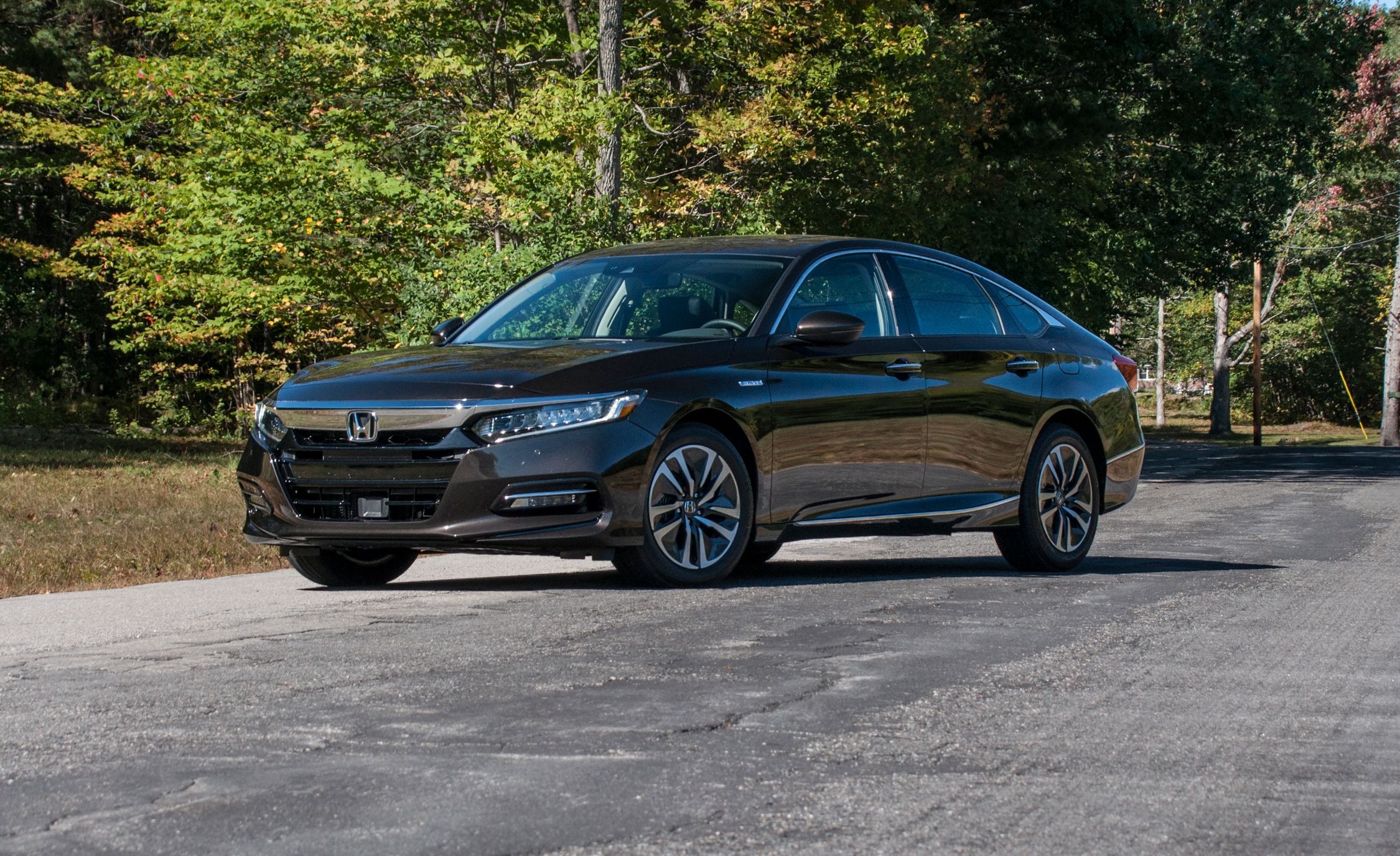
2. Honda Accord Hybrid
The Honda Accord Hybrid brings together fuel savings and a quiet, comfortable ride. It also comes with a tech system that does not give trouble. Owners of this hybrid car have often said that their infotainment screen, driver-assist features, and battery management tools all work with little need for updates. This car focuses on consistency rather than chasing the latest trends in software.
One of the things that helps the Accord Hybrid perform well in this area is the balance between digital and physical controls. The car has a touchscreen, yes, but many of its major functions still use buttons and knobs.
This means the system does not rely only on software, so when a bug happens, it rarely affects the basic functions of the car. For drivers who want a car that just works every day, this is a major advantage.
Honda also uses a system that does not demand updates all the time. When updates are released, they are usually small and not required unless the driver wants to add new features.
Many Accord Hybrid drivers never even check for updates because their cars run so well without them. The stable design of the system means fewer problems with Bluetooth, Apple CarPlay, or Android Auto as well.
The car’s hybrid technology itself is also very well-tested. The power management system works in the background without making errors or asking for resets. Owners rarely report any warnings or shutdowns linked to software faults. This helps drivers stay confident during both short and long trips.
With the Honda Accord Hybrid, people are not forced to keep checking for new versions of software just to avoid problems. The vehicle’s tech stays reliable and does not demand attention. That makes it a good choice for anyone who wants a hybrid car that takes care of itself.
Also Read: 5 Forgotten GM Cars That Run vs 5 Recent GM Models With Major Issues
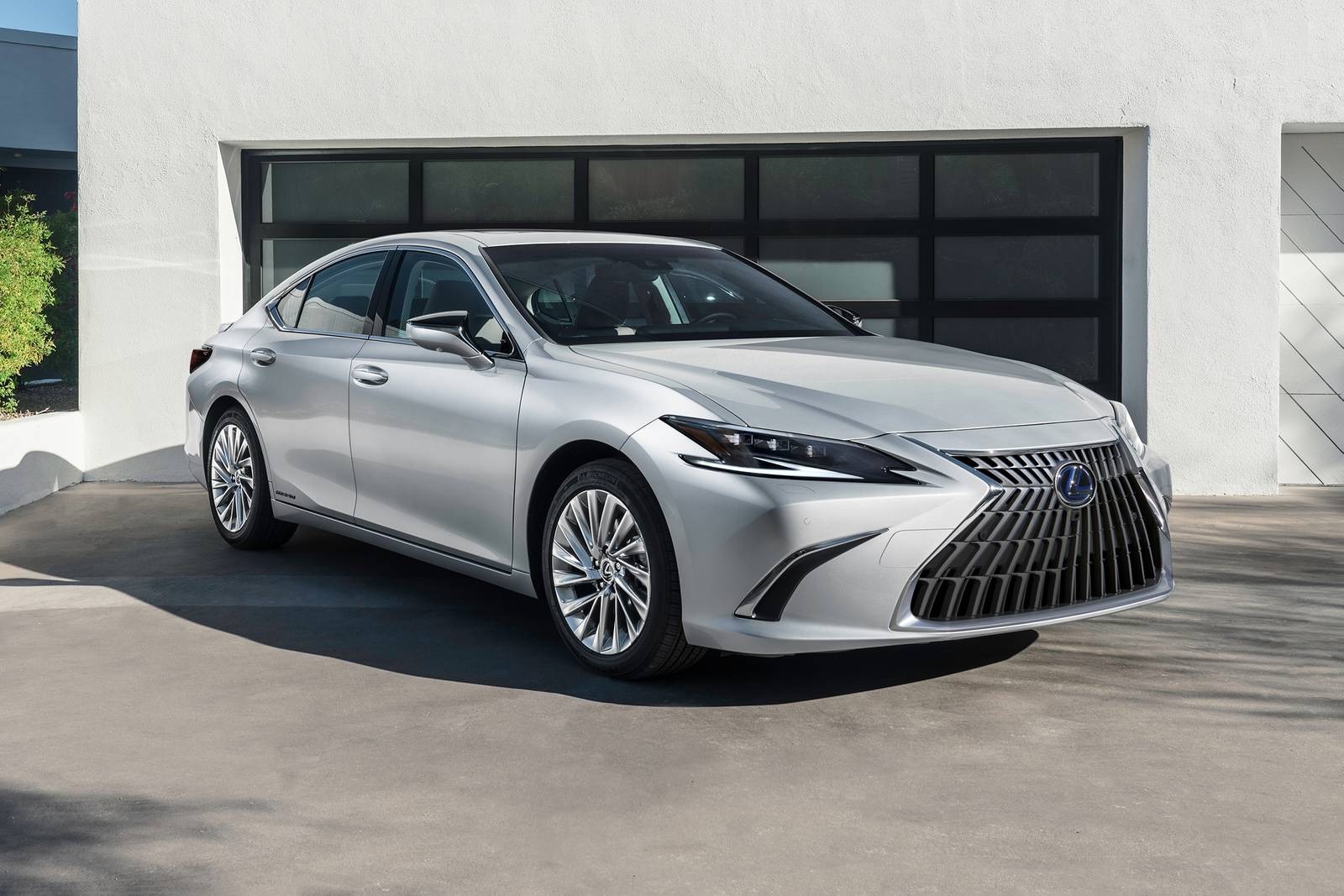
3. Lexus ES 300h
The Lexus ES 300h stands as a strong example of how premium hybrids can offer both comfort and long-term reliability. One area where this car does especially well is in the quality of its technology. Many owners enjoy using the infotainment system, safety features, and hybrid tools without needing constant updates or software corrections. The system works smoothly, even after years of use.
Lexus, being part of the Toyota family, follows the same approach to software as its parent company. The technology in the ES 300h is built to last, not to demand attention. Drivers rarely experience frozen screens or random restarts. Most functions, from navigation to climate control, respond quickly and stay accurate without glitches.
The hybrid system in the ES 300h is also known for being dependable. The power switch between gas and electric is automatic and smooth. Drivers often forget they are even driving a hybrid because the system works so well without asking for anything. This quiet performance comes from years of research and testing.
When Lexus does offer updates, they tend to be for improved features or new maps for navigation. They are not sent because of serious faults in the system. Some ES 300h drivers report using the same software version for several years without noticing any problems. That kind of stability is rare in newer vehicles today.
The touchpad interface may take a little getting used to, but even that works consistently. Lexus focuses more on lasting quality than on packing in the latest flashy features. This choice makes the car a better match for those who want peace of mind instead of surprises from their car’s computer.
If a person wants a hybrid that works without demanding constant tech care, the ES 300h should be one of their top choices. It combines luxury with the kind of dependability that keeps the driving experience simple.
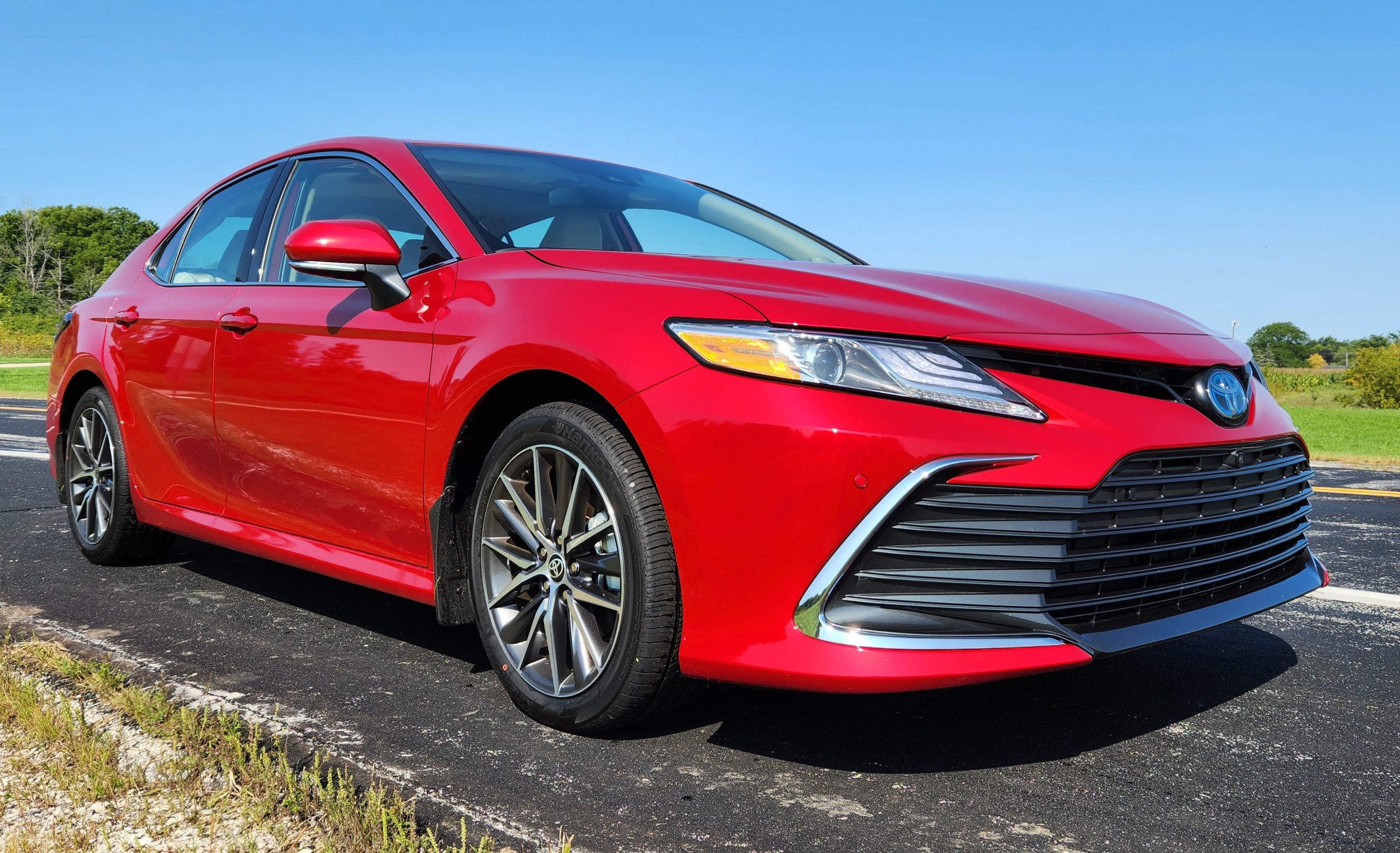
4. Toyota Camry Hybrid
The Toyota Camry Hybrid keeps proving itself year after year, not only in fuel economy but also in how little trouble it gives when it comes to its built-in tech. This vehicle has earned a good reputation for offering strong performance without making its owners worry about digital updates or software crashes. Many drivers say the car keeps doing its job with the same efficiency as when they first bought it.
One reason the Camry Hybrid stays dependable is that Toyota does not overload it with features that depend heavily on updates. The systems are made to last and do not change often.
This means users spend more time enjoying their car than worrying about whether it needs a software fix. The technology is clear, user-friendly, and does what it is supposed to do without extra steps.
Even the driver-assist systems work without bothering the driver. Tools like lane assist, adaptive cruise control, and rear-view cameras stay active and helpful without needing regular updates. If an update is ever needed, it usually comes quietly and does not force the driver to stop using any function.
Many Camry Hybrid owners enjoy the car for long trips and daily drives because of how easy everything is to use. From the touchscreen to the audio system, things just work. There are no sudden changes to the interface or confusing instructions after updates. That level of consistency is something many drivers look for in a car.
The Camry Hybrid also does not rely too much on cloud systems or online-only services. This adds another layer of security because the car can keep running its tech without needing to connect to the internet. Even in areas with bad network service, the car behaves as expected.
This model continues to be a smart pick for those who want a hybrid vehicle that offers reliable tech without frequent patches or fixes. It lets drivers focus more on the road than on system messages.
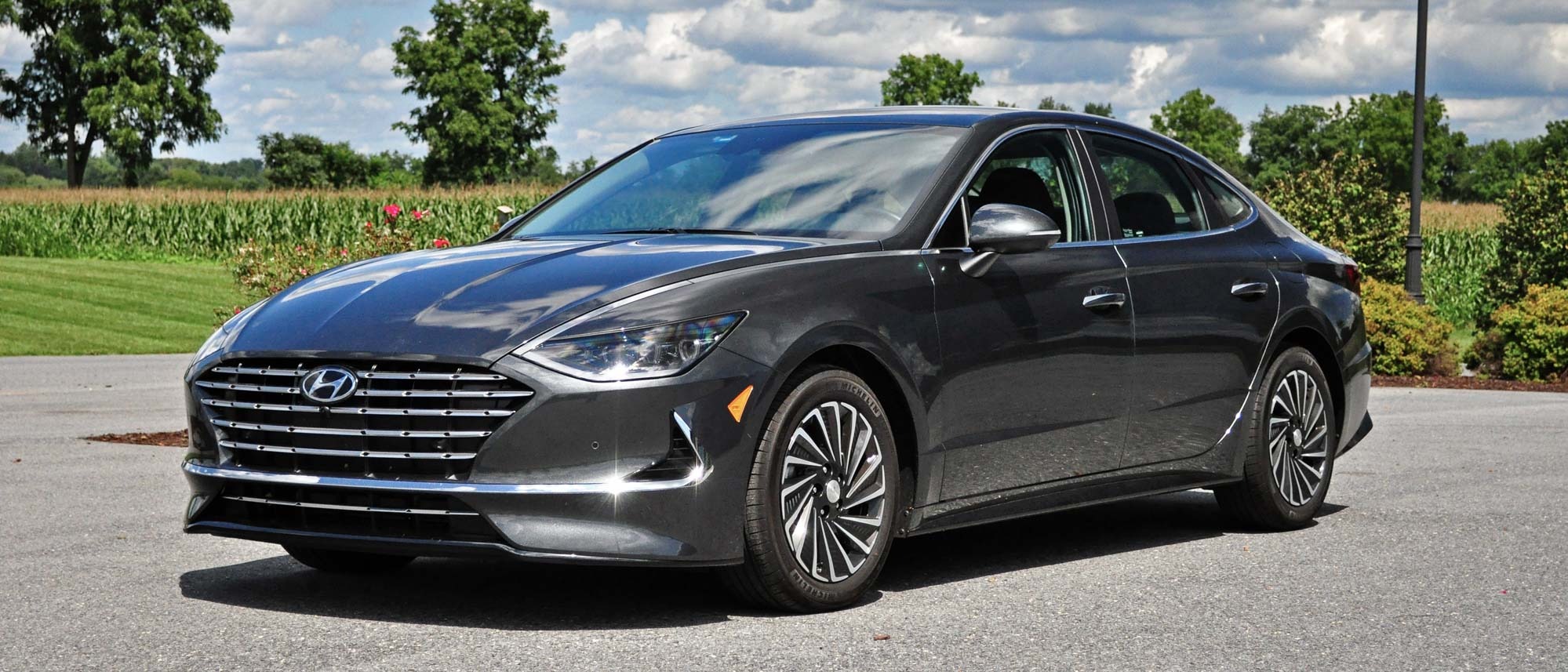
5. Hyundai Sonata Hybrid
The Hyundai Sonata Hybrid blends comfort with smart driving technology. One thing many drivers have come to appreciate about this hybrid car is how little it bothers them with update requests. The tech system inside the Sonata Hybrid works well right from the beginning and continues to operate smoothly even without frequent changes.
Hyundai designed the Sonata Hybrid with balance in mind. The car offers a strong list of digital tools, like wireless smartphone connection and a detailed digital dashboard. However, these systems are not constantly updated with small fixes. Instead, Hyundai waits until it has meaningful improvements before pushing out new versions.
This strategy helps the system avoid bugs caused by rushed updates. Drivers can trust that the features inside the car will keep working the same way every day. People who use Android Auto or Apple CarPlay rarely experience crashing apps or disconnects. The screen responds quickly to touch and displays useful information clearly.
The Sonata Hybrid’s battery management system is also smart but stable. Drivers do not receive strange warning messages or system shutdowns due to software faults. That kind of trouble is common in many newer hybrids, but Hyundai avoided that problem by building a strong system from the beginning.
Even the sound system and climate controls are easy to use and not controlled by overly complicated digital menus. Many of the car’s main functions can still be operated by physical buttons. That makes a big difference for people who want reliability instead of constant changes.
Those who have owned the Sonata Hybrid for years often say that they have never needed to visit the dealership for a tech issue. That level of trust in the car’s digital features is rare these days and makes this vehicle one of the better choices for buyers who want less hassle.
5 Hybrids That Always Need Tech Updates
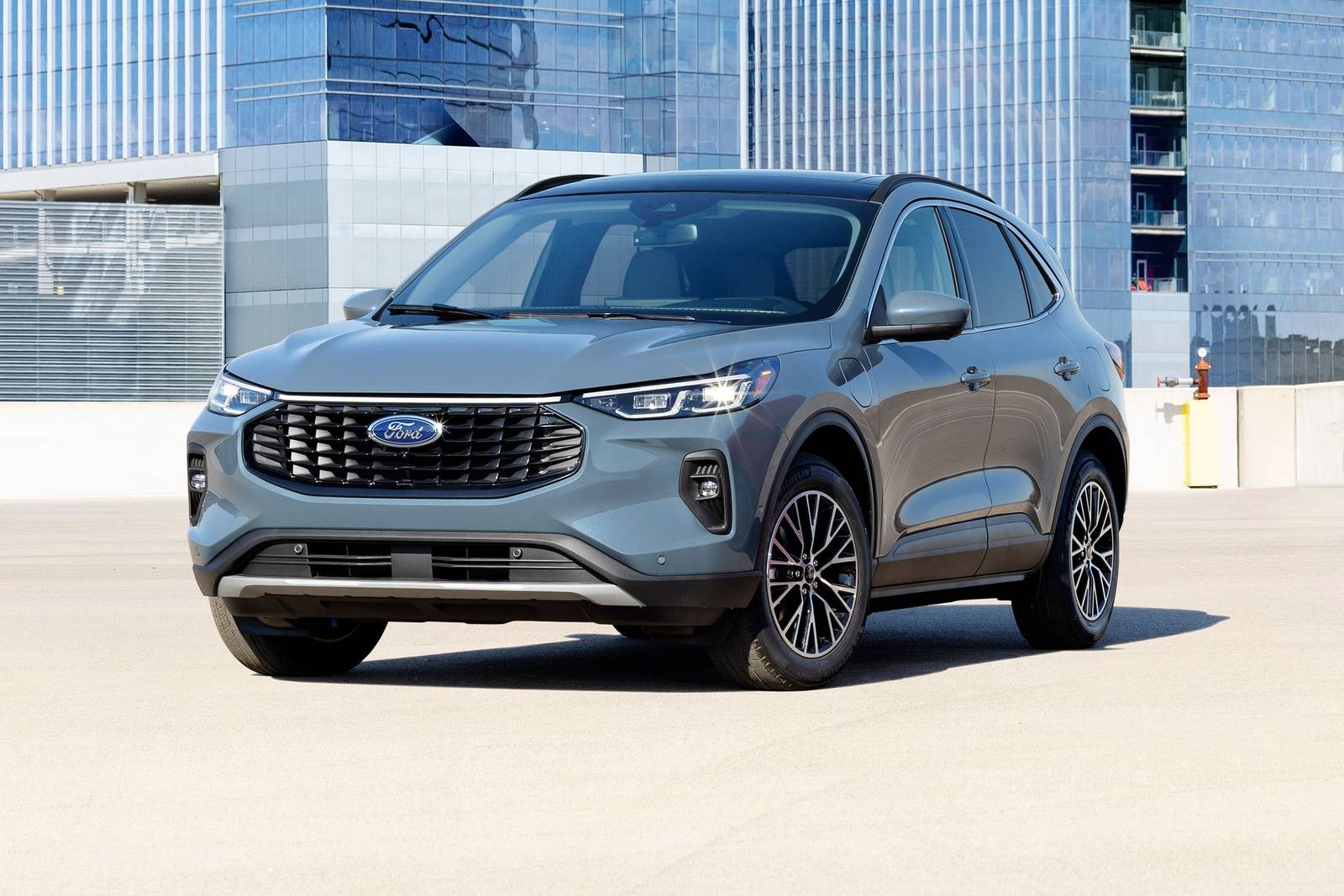
1. Ford Escape Hybrid
The Ford Escape Hybrid, while offering decent fuel efficiency and modern features, has become known for its frequent software-related issues. Many drivers have found themselves going back to the dealership or checking their system for updates more often than they would like. The car’s built-in technology seems to struggle with staying stable for long periods without correction.
One common issue is with the vehicle’s SYNC infotainment system. Although it provides access to useful features like voice commands, phone pairing, and navigation, it often freezes or lags.
This can cause frustration during daily use, especially when trying to adjust settings on the move. Several owners say the system randomly reboots or loses connection with their phones. These kinds of bugs often require software patches to fix, which are released regularly by Ford.
Another concern involves the hybrid system itself. Some drivers have received battery warning messages or seen their fuel economy change after a software update. In certain cases, people have reported strange sounds or rough switching between gas and electric power, only for Ford to confirm that the fix involved a software correction.
While Ford offers over-the-air updates, not all owners receive them at the same time. Many still have to book appointments at service centers, adding more steps to something that should have been handled simply. These delays lead to missed improvements and more frequent tech failures.
Even driver-assist features sometimes misbehave, requiring updates to adjust how lane-keeping assist or adaptive cruise control operates. Some users report overly sensitive alerts or functions that stop working unless the car’s software is updated.
Although the Escape Hybrid has plenty of good qualities, its heavy reliance on frequent software changes to keep its systems working has made it a frustrating choice for people who want a more relaxed experience with their car’s technology. Buyers who want stable performance may need to look elsewhere.
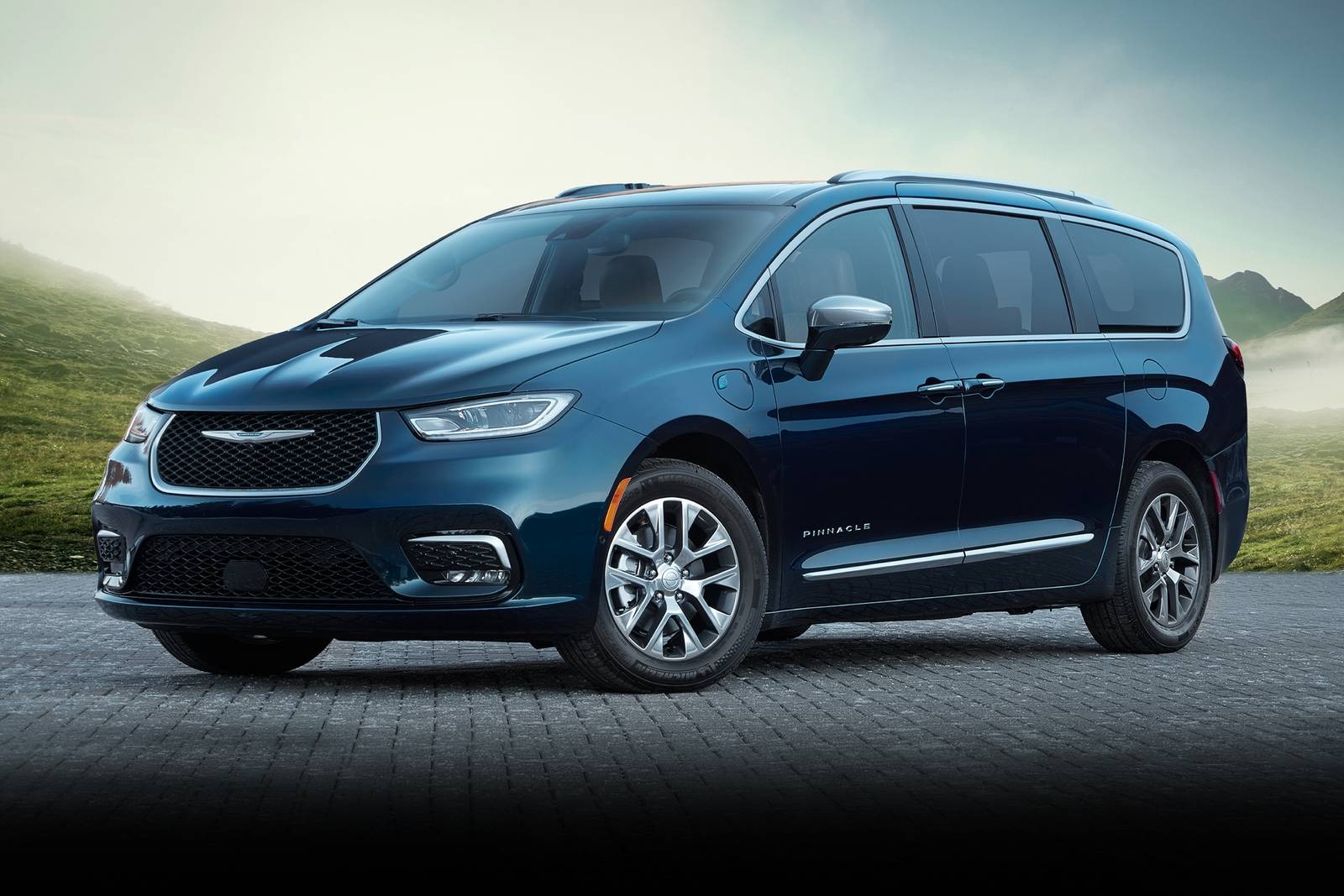
2. Chrysler Pacifica Hybrid
The Chrysler Pacifica Hybrid stands out as one of the few minivans with plug-in hybrid capability, but the technology inside has caused problems for many owners. This vehicle often requires software updates to fix issues that should not exist in the first place. The combination of a complicated infotainment system and a sometimes unreliable hybrid control setup has led to repeated trips to the dealer.
A frequent complaint is that the Uconnect infotainment system freezes or becomes unresponsive without warning. Drivers have found themselves unable to adjust climate controls, access navigation, or play music because the screen simply goes blank or remains stuck. Chrysler has responded by releasing several software patches, but these fixes do not always reach all vehicles on time.
There are also cases where the hybrid system does not properly switch between electric and gas modes. Drivers have reported unexpected shutdowns or hesitation during acceleration, only to be told by service technicians that a software reset is required. These are not isolated incidents, and many drivers report needing multiple updates within a single year.
The Pacifica Hybrid’s rear-seat entertainment system, another selling point, has also experienced issues. Screens may go black or fail to connect to devices, leaving passengers with limited options on long trips. Again, software updates are often the only fix, which may take time to arrive.
Adding to the problem is the fact that many updates are not handled automatically. Owners must schedule dealership visits, which can be time-consuming. This makes the process of keeping the car’s technology running properly feel like an extra job.
Although the Pacifica Hybrid offers a practical and spacious design, its need for constant technical attention puts it at a disadvantage. Drivers who depend on smooth, worry-free use from their hybrid will likely be disappointed by the number of tech updates required just to keep this car in good working order.
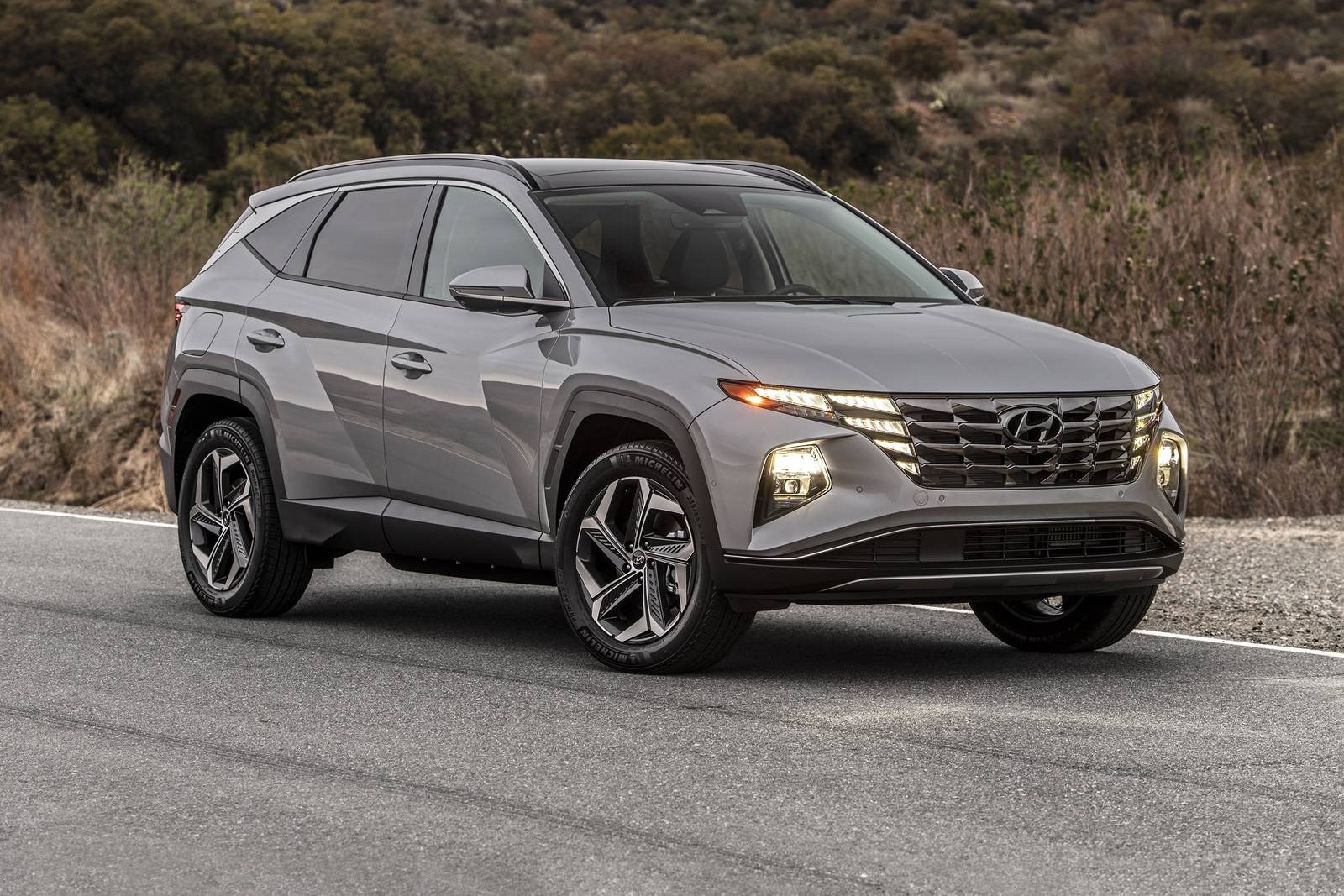
3. Hyundai Tucson Hybrid
The Hyundai Tucson Hybrid comes with a lot of attractive features on paper, but when it comes to everyday tech performance, many drivers have faced repeated issues that require updates to solve. Even though Hyundai has built a strong name around value and safety, the Tucson Hybrid struggles with digital systems that often misbehave unless corrected through software patches.
One of the recurring complaints is about the digital driver display. Users have reported glitches where the screen freezes, flickers, or displays the wrong information about speed or driving mode.
These problems create confusion and often leave drivers guessing what is happening with their car. Hyundai has rolled out updates to fix these faults, but they keep showing up again in some vehicles.
The infotainment system in the Tucson Hybrid also needs frequent attention. Some owners say the system becomes sluggish after a few weeks of use, failing to recognize commands or losing Bluetooth connection. The system occasionally resets on its own or fails to load at startup, making it difficult to use the basic tools drivers expect in a modern car.
Driver-assistance systems like blind-spot monitoring and automatic emergency braking sometimes act strangely as well. They either give false alerts or fail to work when needed. Hyundai has acknowledged these problems in service bulletins and advised owners to get updates at dealerships to improve performance.
Though Hyundai offers over-the-air software updates for some features, many drivers say they still have to go to a service center to fully address these issues. The repeated trips for system corrections can take up time and add frustration to the ownership experience.
The Tucson Hybrid does a good job with fuel savings and comfort, but its constant need for tech updates weakens its appeal. Owners looking for a car that just works without needing regular fixes may want to consider more stable alternatives.
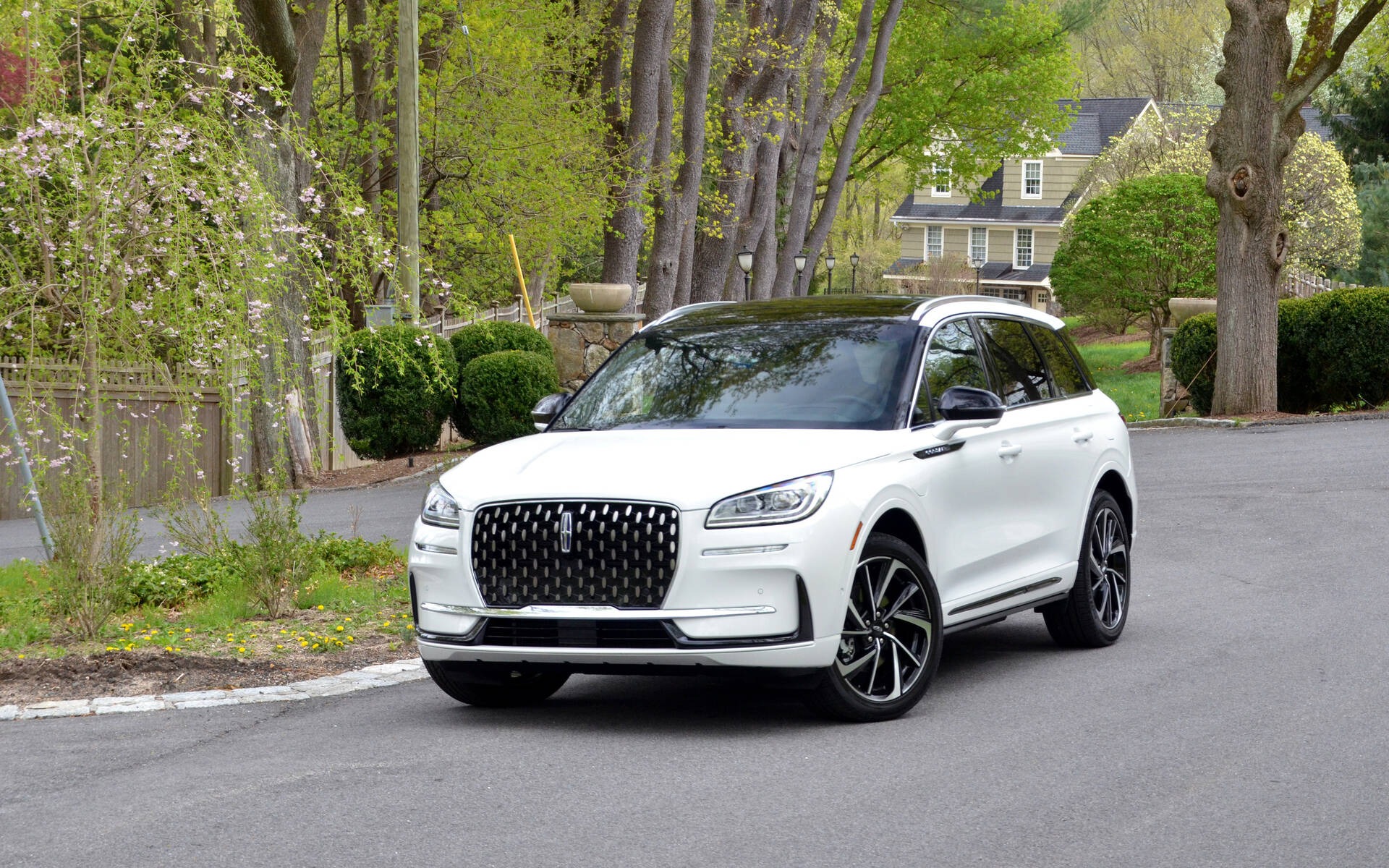
4. Lincoln Corsair Grand Touring
The Lincoln Corsair Grand Touring is a plug-in hybrid that combines comfort with advanced features. However, the technology in this vehicle often underdelivers unless it receives frequent updates. While the car looks refined from the outside, many owners report that several of the features do not work properly without regular software corrections.
One of the major concerns is the digital gauge cluster. This screen is supposed to show important information like battery charge, range, and speed. But drivers have noticed blank screens, slow response times, or error messages. In some cases, the screen may go dark while driving, leaving the user without access to main data. These problems often require software updates, which Lincoln rolls out in phases.
The SYNC system in the Corsair Grand Touring also needs constant attention. Voice controls may fail to recognize simple commands. Navigation freezes mid-trip or refuses to load maps, and phone connectivity can drop even when devices are nearby. These functions are expected to work smoothly in a luxury vehicle, yet many owners find themselves needing updates just to restore what should be basic services.
The hybrid system itself has experienced bugs. Some users say that the car struggles to switch between electric and gas modes, and others report warning lights related to battery or charging. Dealerships often recommend system updates as the fix, but the process is not always quick or easy.
Lincoln does offer wireless updates for certain parts of the car, but not all features are included. This means owners often have to visit service centers to complete updates fully. For people who expect smooth performance without frequent maintenance, this creates disappointment.
Although the Corsair Grand Touring has high-end touches, its ongoing need for digital corrections puts pressure on owners. The driving experience suffers when the car’s technology cannot be trusted to work properly without updates.
Also Read: 5 Cars With Legendary Battery Life and 5 That Need Jumping Weekly
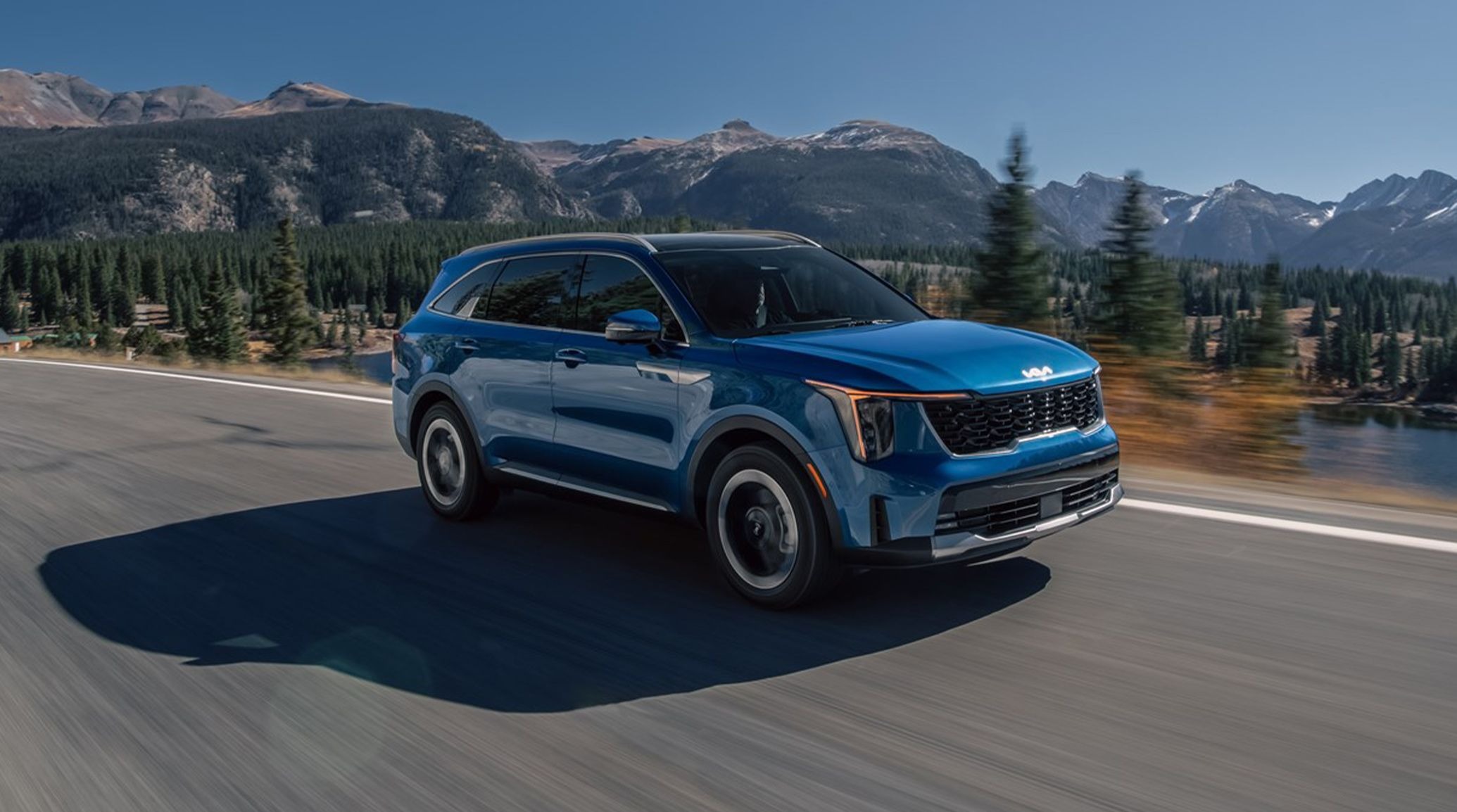
5. Kia Sorento Hybrid
The Kia Sorento Hybrid offers space, style, and strong fuel savings, but its technology systems have created trouble for many drivers. Despite its modern design and feature-rich interior, the car often requires updates to keep basic tools running. The most frustrating part is that some problems return even after updates are applied, creating a cycle of repeated fixes.
One area where issues appear frequently is the infotainment system. The screen sometimes freezes or shuts off completely while driving. Others report that Apple CarPlay or Android Auto fails to connect or cuts out in the middle of use. These bugs often force the driver to restart the system, which is not ideal when driving.
The hybrid system also displays warning messages for no clear reason. Battery alerts or charging errors appear even when there is nothing wrong. Drivers have taken their vehicles in for service, only to be told that the issue is software-related and needs a patch. After the fix, the problem might disappear briefly but may return weeks later.
Driver-assist features like lane-keeping and smart cruise control also act up. Some drivers say these tools behave unpredictably, either being too aggressive or not responding at all. Kia has tried to fix these problems with software updates, but the changes do not always solve the root of the issue.
Another concern is how updates are delivered. While some Kia vehicles can get updates wirelessly, many Sorento Hybrid owners still need to go to the dealership. This makes regular updates feel like a task instead of a convenience.
Even with its strong list of features, the Sorento Hybrid does not offer the kind of stable technology experience many buyers expect. Having to correct the same issues again and again turns a good car into a stressful one.

